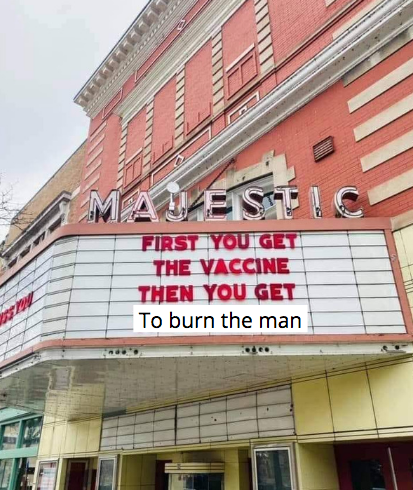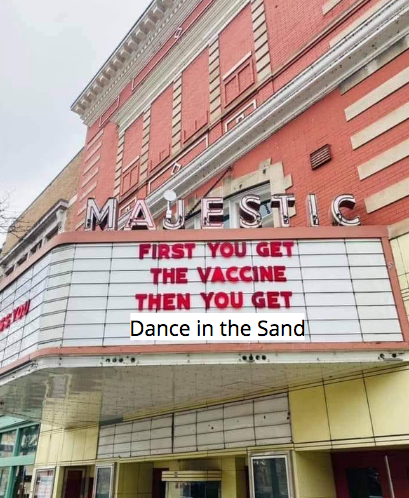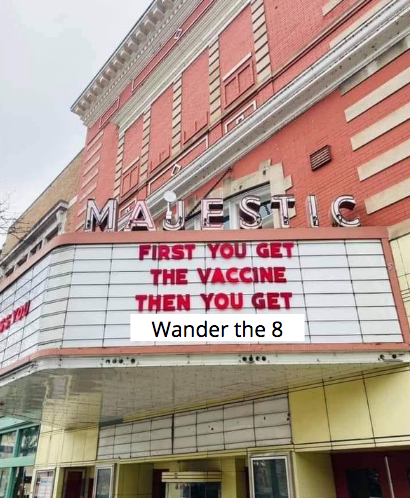 Get yourself and your loved ones vaccinated as soon as possible.
Get yourself and your loved ones vaccinated as soon as possible.
The sooner you get yourself, friends and family vaccinated, the sooner you and they will feel safer and more at ease being together. If we each do this here’s what’s coming:
- A healthier community, group of friends, family for you
- Safer gatherings
- Safer cities and towns
Every summer I’ve been attending multiple music and dance festivals. These will happen again sooner if we all get vaccinated. if everyone around you is vaccinated you’ll be much safer from this disease. I want that for me. I want that for you.
I’m finding inspiration from the Covid Corps. We don’t have to wait for the government to lead on this, though. We can take charge of our health and the health of our communities. Please join me – feel free to leave comments below if you have ideas to share. Spread the word to your community, family and friends – Get Vaccinated ASAP!
Part 2 – once you’re vaccinated, please let everyone know. This will help encourage your friends and family to take this step. Be loud and proud about it. Show a picture of you getting vaccinated – that seems to do the trick.
 To our health!
To our health!
Albert Kaufman
Portland, Oregon 97215
The United States
here are pics for your social media accounts! C’mon – join me!

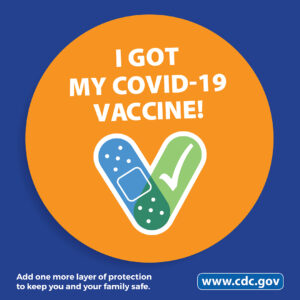
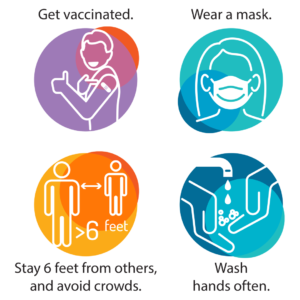
If you or someone you know is feeling hesitant, listen to Rachel Maddow’s take. She gets it. She has a good, compassionate message.
